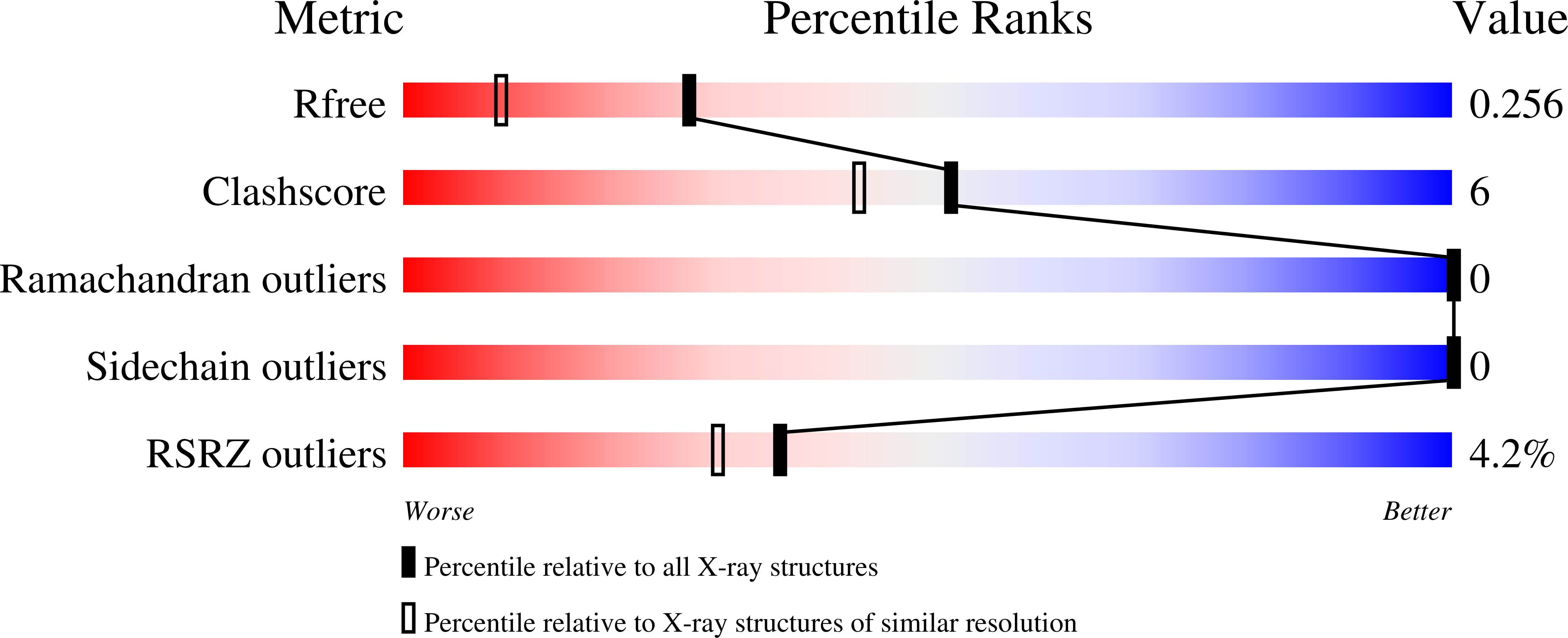Stabilization, Assembly, and Toxicity of Trimers Derived from A beta.
Kreutzer, A.G., Yoo, S., Spencer, R.K., Nowick, J.S.(2017) J Am Chem Soc 139: 966-975
- PubMed: 28001392
- DOI: https://doi.org/10.1021/jacs.6b11748
- Primary Citation of Related Structures:
5SUR, 5SUS, 5SUT, 5SUU - PubMed Abstract:
Oligomers of the β-amyloid peptide Aβ have emerged as important contributors to neurodegeneration in Alzheimer's disease. Mounting evidence suggests that Aβ trimers and higher-order oligomers derived from trimers have special significance in the early stages of Alzheimer's disease. Elucidating the structures of these trimers and higher-order oligomers is paramount for understanding their role in neurodegeneration. This paper describes the design, synthesis, X-ray crystallographic structures, and biophysical and biological properties of two stabilized trimers derived from the central and C-terminal regions of Aβ. These triangular trimers are stabilized through three disulfide cross-links between the monomer subunits. The X-ray crystallographic structures reveal that the stabilized trimers assemble hierarchically to form hexamers, dodecamers, and annular porelike structures. Solution-phase biophysical studies reveal that the stabilized trimers assemble in solution to form oligomers that recapitulate some of the higher-order assemblies observed crystallographically. The stabilized trimers share many of the biological characteristics of oligomers of full-length Aβ, including toxicity toward a neuronally derived human cell line, activation of caspase-3 mediated apoptosis, and reactivity with the oligomer-specific antibody A11. These studies support the biological significance of the triangular trimer assembly of Aβ β-hairpins and may offer a deeper understanding of the molecular basis of Alzheimer's disease.
Organizational Affiliation:
Department of Chemistry, University of California, Irvine , Irvine, California 92697-2025, United States.






















